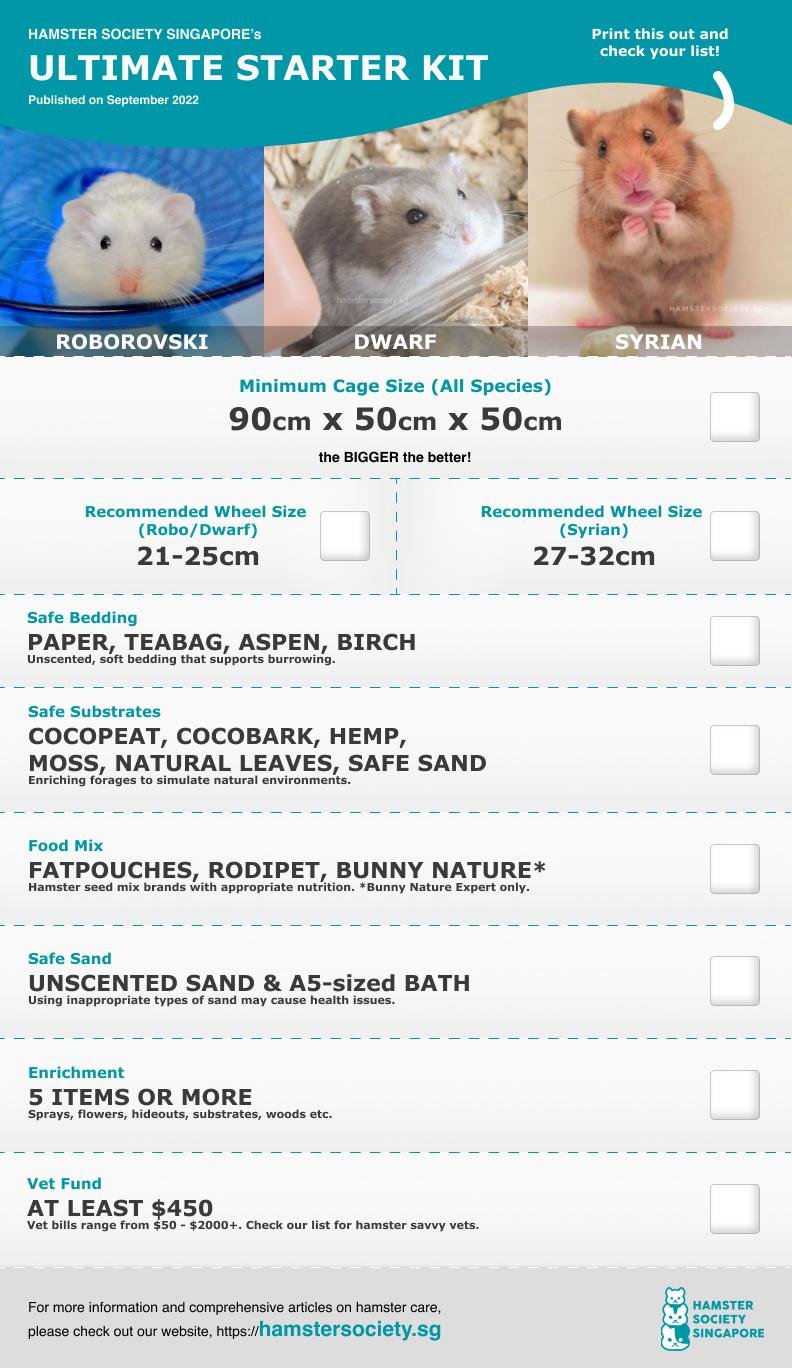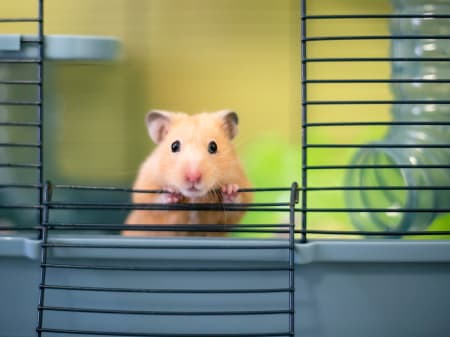Adapting Care to Hamster Breeds
Hamsters are delightful pets that vary significantly across different breeds, each necessitating tailored care to hone their well-being and longevity. As a responsible owner, understanding the unique needs and characteristics of your chosen hamster breed is paramount to providing excellent care. In this article, we will explore essential breeding considerations, habitat adjustments, nutrition, exercise, and healthcare specific to various hamster breeds, ensuring that your furry friend stays happy and healthy.
Understanding Different Hamster Breeds
Different hamster breeds come with their own specific requirements, behavioral traits, and lifespan expectations. For some of the most popular breeds, such as the Syrian, Campbell’s dwarf, and Roborovski hamsters, distinct characteristics play a pivotal role in how you should care for them. Each breed exhibits a unique temperament and habitat needs, which directly impact the type of care they require. For instance, the **Syrian hamster** is known for being solitary, while **dwarf hamsters** tend to enjoy social interactions, thus necessitating larger cages if they are kept in pairs. Understanding these differences will set the foundation for successful hamster ownership.
The Syrian Hamster
The Syrian hamster, often called the golden hamster, stands out due to its larger size and more solitary nature. It requires a spacious habitat with ample accessories to explore. Ideally, their cage should be at least 24 inches long, with plenty of bedding for burrowing. Providing **toys**, tunnels, and hiding spots not only enriches their environment but also benefits their mental and physical health. Additionally, Syrian hamsters rely on a high-quality pelleted diet rich in protein, complemented with occasional fruits and vegetables. An appropriate exercise wheel, ideally 8 inches in diameter, keeps them active and prevents obesity.

The Campbell’s Dwarf Hamster
Campbell’s dwarf hamsters, known for their playful attitude, adapt well to a **community setting** if introduced correctly. Characters of this breed include a small stature and the capability to thrive in relatively smaller cages; however, minimizing fighting is crucial. Arrange for additional enrichment by incorporating **climbing features** and rotating toys to keep their environment engaging. Adequate social interaction is vital, which includes daily handling. A specialized mix designed for dwarf hamsters is greatly beneficial in maintaining their health while regular servings of fresh produce can enhance their diet.
The Roborovski Hamster
Roborovski hamsters are notably the smallest of commonly kept hamsters and require very little handling. They are extremely active and benefit from an environment that mirrors their natural habitat with plenty of room to run and explore. Due to their vivacious nature, ensuring they have a large **exercise wheel** and plenty of outlets for their energy is essential. These hamsters do well on a mix of commercial hamster food along with millet, seeds, and grains for snacking. The key here is recognizing their fixed need for companionship among their species, hence facilitating an appropriate space for social interaction.
Nutrition for Hamster Breeds
Nutrition is one of the pillars of **hamster care** that varies significantly across breeds. A diet rich in appropriate nutrients based on each breed’s needs can affect their health and overall behavior. Regular feeding intervals should be systematic and consistent to mimic their natural foraging instincts. All breeds can benefit from fortified pelleted diets designed expressly for hamsters, ensuring they receive essential vitamins and minerals. Moreover, occasional fresh offerings of fruits, vegetables, and seeds can tempt their culinary choices, ensuring balanced nutrition.
<h3:High-Quality Diet Selection
It’s essential to select the right diet based on each hamster breed’s needs. For instance, while **Syrian hamsters** often flourish with protein-rich pellets, dwarf hamsters might benefit from lower-fat options. Being aware of your hamster’s nutritional needs is crucial—dwarf hamsters require a balanced diet that doesn’t overemphasize protein, preventing health complications related to obesity. Offering appropriate treats like carrots, pea flakes, and apples can further enhance their health and add variety to their diet, encouraging foraging behavior.
Hydration and Fresh Food
Hamsters are prone to dehydration if adequate standards for care aren’t met. Ensuring they have constant access to fresh water, preferably in a water bottle, is vital. This helps in avoiding contamination that may occur with open water dishes. Furthermore, when providing fruits and vegetables, always wash them properly and introduce them gradually to avoid digestive complications. Monitoring what they consume and adjusting their **diet accordingly** showcases the care you put into your pet’s wellbeing.
Habitat and Environment
Creating a comfortable habitat for your hamster breeds paves the way for their physical and emotional well-being. It’s essential to evaluate each breed’s specific habitat needs while intending to provide a personable living environment. Safe, chew-proof enclosures that offer sufficient space for running and burrowing align with their instinctual behaviors. Additionally, avoiding excessive noise and ensuring proper ventilation are essential elements in ensuring your hamsters feel secure in their surroundings.
The Importance of Cage Size
Cage size is paramount for hamsters as it affects their natural movement and overall welfare. For example, the **standard recommended cage for Syrian hamsters** is significantly larger than that for dwarf breeds. Full-floor space, vertical dimensions, and adequate bedding depth for burrowing reflect that breed-specific needs are effectively met. Ensure your pet has distinct areas for sleeping, playing, and eating to help give them a well-rounded **living environment**. Investing in large habitats with modular setups promotes a more enriching lifestyle for your hamsters.
Enrichment and Interaction
Along with proper cage size, environmental enrichment methods keep hamsters happy and stimulate their natural behaviors. That could mean integrating tubes, **climbing structures**, hiding places, and multiple bedding materials. Toys such as wooden chew toys or tunnels promote healthy chewing habits and provide an engaging outlet for their energy. Providing regular out-of-cage time in a safe and monitored area allows for enhanced interaction, reducing boredom and stress—two considerable factors that impact their wellness.
Healthcare Considerations for Hamsters
Regular health checks and sensible interventions can significantly prolong a hamster’s lifespan. Closely monitoring your pet’s physical condition routinely can help in recognizing early signs of health issues. This diligence underlines the significance of general care. Ensure they have access to a qualified veterinarian capable of addressing common problems unique to hamster breeds, such as respiratory issues or dental malocclusions. Furthermore, establishing a preventive health care routine with regular monitoring can preserve your pet’s long-term health.
Common Health Issues
Be aware of breed-specific health issues when caring for your hamster. **Syrian hamsters** may face insulinoma, a common tumor, while **dwarf breeds** could develop diabetes. Recognizing signs such as sudden weight loss, lethargy, or changes in drinking habits becomes essential in pursuing timely medical intervention. Understanding these discrepancies assists in effectively managing care and planning for potential medical needs.
Vet Visits and Preventative Care
Periodically scheduled vet visits play an integral role in a hamster’s healthcare. It’s wise to engage a veterinarian specializing in exotic pets, who can offer guidance on setting vaccination schedules, diet modifications, and parasite controls. Additionally, obtaining a vet’s opinion on standard treatments like dental care or health supplements aligns with established maintenance routines concerning preventative care. Regular advice helps keep your care strategies aligned with your hamster breeds’ evolving needs.
Key Takeaways
- Different hamster breeds necessitate tailored nutrition, habitats, and healthcare
- Understanding how to adapt care based on breed characteristics fosters better health and happiness
- Regular veterinary care is crucial for preemptive maintenance and health monitoring
- Encourage enrichment activities to mitigate boredom and promote well-being
FAQ
1. How much space does a Syrian hamster need?
Syrian hamsters need a minimum of a 24-inch long cage, ideally larger, with various areas for sleeping, playing, and eating. The goal is to provide ample room for exploration and exercise, which is critical for their well-being.
2. Can dwarf hamsters live together?
Dwarf hamsters can live together in pairs or groups if introduced properly; however, owners should watch for signs of territorial behavior or stress. Providing separate hiding spaces can help mitigate conflicts.
3. What are common health problems in hamsters?
Common health issues include diabetes, respiratory diseases, and dental malocclusions. Recognizing symptoms early and consulting with a qualified vet can help manage these conditions effectively.
4. How often should hamsters exercise?
Hamsters are active creatures and should have daily opportunities to exercise, ideally through a combination of an exercise wheel within their cage and additional out-of-cage playtime in a secure area.
5. What should I consider when choosing hamster bedding?
Opt for bedding material that absorbs moisture, reduces odors, and is safe for chewing. Avoid cedar and pine shavings while considering options such as aspen shavings or paper-based bedding for safety.
